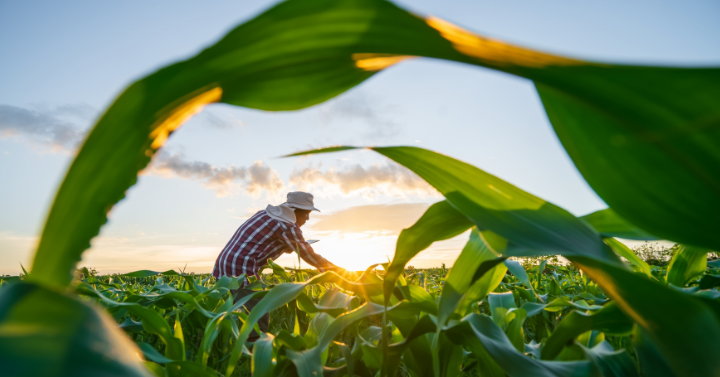The global biopesticides market continues to witness a significant surge, with sales over USD 3 billion, according to our published Global Biopesticides study. This growth is driven by several factors such as the increasing demand for organic food, need for sustainable farming practices, and push for environmental safety.
Global Trends in Biopesticides
The United States dominates the market sales, with a robust regulatory framework and growing farmer and consumer awareness of the benefits of biopesticides. However, other regions are not far behind. Brazil, for instance, is one of the fastest-growing regions, witnessing a large number of new product registrations annually.
Chinese government is actively promoting biological products, recognizing their potential in sustainable agriculture. The European Union (EU), prompted by changing regulations and the Green New Deal, is also experiencing substantial growth in the biopesticides market.
Developing nations are increasingly adopting biopesticides to become more lucrative on the export market. This trend is expected to continue as these countries strive to meet the international standards for sustainable farming.
Crop Segment Trends
Kline categorizes biopesticide sales into seven key crop segments. Fruit crops rank as the leading group, slightly overtaking vegetables. However, both are nearly on par with each other. Vegetable crops are growing at a compound annual growth rate (CAGR) of 11%, with tomatoes and leafy greens being the most significant crops.
Field crops are the third-highest segment, dominated by crops such as corn, rice, and soybeans. It is one of the largest segments for microbial-based ingredients, including many Bacillus-based products.
Leading Suppliers
The global biopesticides market is dominated by leading suppliers such as Bayer, Corteva, BASF, Certis, Valent, and UPL. These companies have made significant contributions to the development and promotion of biopesticides globally.
European Trends
In Europe, Spain leads the market, accounting for 30% of the region’s sales. The crops prevalent in Spain— such as olives, vineyards, and citrus fruits—lend themselves to biopesticides use, and farmers favor these products because they command higher export prices.
Italy follows closely as the second-leading country in the EU, and similarly, biopesticides are highly favored by fruit and vegetable growers seeking to sell on the export market. The fruit segment in particular is anticipated to witness nearly 20% growth over the next few years.
France has registered a significant increase in demand from vineyard farmers, resulting in increased sales for pheromone products. Therefore, France is one of the leading crop end users of biological products. In Germany, there has been a boom in soybean production, leading to an increase in sales in both seed and foliar applications.
The United Kingdom, while relatively small in comparison to these other European markets, holds a unique profile with relatively higher usage of biological herbicide products due to their popularity in the turf care industry.
Sustainability and the EU Green Deal
Much of the gains for biopesticides are being driven by sustainability and related regulations. The EU Green Deal is leading to less chemical fertilizer usage, and double-digit growth for biopesticide alternatives are expected in the next five years. This aligns with the global push toward sustainable farming practices and the reduction in chemical pesticides and fertilizers usage.
Emerging Markets
Latin America and Europe have several emerging markets in the biopesticides industry. Many Latin American countries eager to trade globally are updating legislation to match the EU changes.
Turkey, an important crop producer and biologicals user from the Middle East region, is also showing promising growth. The country has experienced notable growth in export trade with the EU, with crops such as cereals, pulses, and oilseeds rising from 2022. One of the major factors influencing this growth was the impact of the Russia–Ukraine conflict, which affected many field crop supplies.
Poland has also seen increased demands for biological inputs in recent years, in part also due to its drive to increase its sustainability efforts for EU goals and supply disruptions caused by the Russia–Ukraine conflict.
Other markets such as the Netherlands and Colombia are seeing increased demand for biopesticides as a result of their growing ornamental and greenhouse plant markets. Bulgaria is another developing country where biologicals are being increasingly adopted. The country has announced plans to adopt the Euro currency by January 2025, which could improve trade within the EU region.
In conclusion, the rise of biopesticides represents a significant shift toward sustainable and environment-friendly farming practices. As global trends continue to favor organic and sustainable farming, the biopesticides market is set to grow exponentially in the coming years in the major and emerging markets.
Would you like to receive insights like this straight into your inbox? Click here to sign up for the Kline newsletter.

